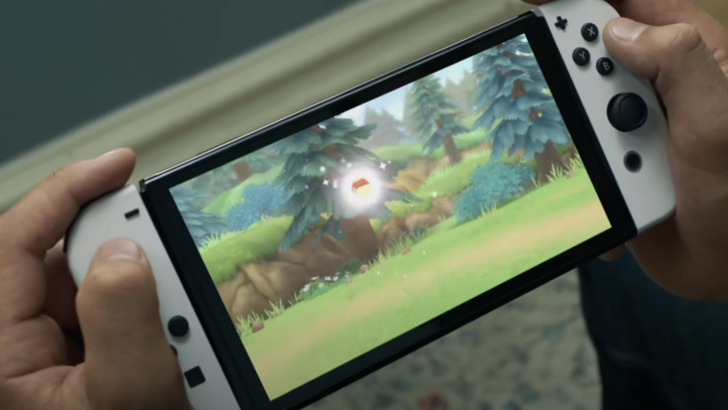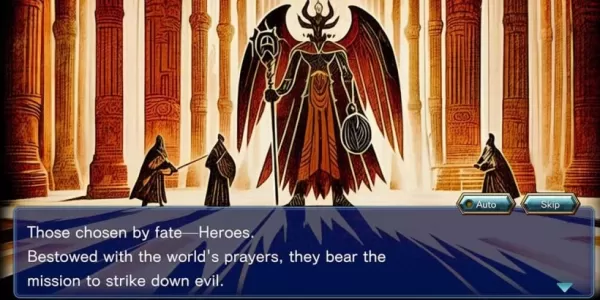Nintendo's Switch 2 Enhances Accessibility Design
After months of intense speculation, rumors, and leaks, Nintendo finally unveiled the Switch 2 through its own Direct. Not only did we receive exciting trailers for new games like Mario Kart World, Donkey Kong Bonanza, and even Nintendo GameCube games exclusive to Switch 2 Online, but we also got a detailed look at the system itself. From an accessibility perspective, I'm thrilled to report that the Switch 2 is a significant upgrade over its predecessor in nearly every way.
Several months ago, I explored my accessibility predictions for Nintendo's latest console. I hoped for more robust accessibility offerings, better utilization of Joy-Con controllers, and unique inclusive design practices. To my delight, Nintendo not only met but exceeded these expectations. In this Access Designed segment, let's dive into the exciting and confirmed accessibility features of the Switch 2.
New Accessibility Settings
The Direct itself offered limited tangible accessibility options, aside from fully customizable controls for each virtual GameCube game, which respect the system settings. However, Nintendo released a dedicated accessibility page detailing a range of returning and new features.
Fully customizable controls are back, functioning just as they did on the original Switch. The ability to adjust text size to three different variants returns, now with added options for High Contrast and the ability to change general display colors. The Zoom functionality also makes a comeback, an essential feature for blind and low vision players. But Nintendo's most significant surprise is the introduction of a "Screen Reader" setting.
Blind and low vision individuals often rely on settings like Text-to-Speech to navigate menus and settings. While the Screen Reader is only available for the HOME menu and system settings, it's a crucial tool that allows disabled players to navigate the Switch 2 independently. Options to choose different voices, reading speeds, and volume levels enhance the Screen Reader feature. Although we still don't know if individual games will support these tools or come with their own accessibility options, Nintendo's recognition of its disabled audience is a promising sign and fuels my optimism about the future of accessibility at the company.
Innovative Design
While not featured in a specific menu, Nintendo introduced a new inclusive tool that enriches a beloved franchise while significantly improving cognitive, physical, and blind/low vision accessibility. Within the revamped Nintendo Switch App, there's a feature called Zelda Notes, a companion app for Breath of the Wild and Tears of the Kingdom. With the Navigation option in the app, players can locate shops, areas of interest, and even elusive Koroks using a GPS-like interface. The app, equipped with audio cues and voices, guides players to the exact location of their chosen object. Although it doesn't assist with precise navigation or enemy encounters, it greatly aids blind and low vision individuals in navigating the overworld and reduces the cognitive burden of traversing vast landscapes.
For cognitive, blind/low vision, and physically disabled players, another feature in the app, the Autobuild Sharing tool, allows players to share their custom Zonai tech creations. By scanning a QR code, disabled individuals can automatically build a Zonai machine if they have the necessary materials. Personally, I struggled with the control layout and button requirements for building Zonai machinery in Tears of the Kingdom. This new tool alleviates that challenge, allowing me to focus solely on gathering materials rather than the construction process. All of this is achieved through inclusive design, a practice I've long praised Nintendo for.
Additionally, disabled individuals can share items with one another through Item Sharing, which functions similarly to Autobuild Sharing. By scanning a QR code, I can instantly access items sent by friends, reducing physical strain by eliminating the need to constantly search the world for weapons and food. While these features don't make Breath of the Wild and Tears of the Kingdom fully accessible, they represent a significant step forward.
Wheelchair Sports
The biggest surprise for me was the announcement of Drag X Drive, a game reminiscent of Rocket League that lets players control characters in manual wheelchairs on a basketball court. This announcement is not only a fantastic way to showcase proper disability representation but also highlights one of the Switch 2's few new hardware changes—mouse control.
By flipping the Joy-Con on its side, players can move the controller across any surface, making it function like a computer mouse. While we still don't know the exact force required to move the cursor (for comparison, my mouse on my ultrawide monitor has a DPI of 6400), any new way to play undoubtedly brings accessibility benefits to a wide range of disabled players. It's exciting to imagine how Nintendo will utilize this feature, but more importantly, it provides another tool for disabled individuals. When combined with the multitude of controller types already available on the Switch and Switch 2, Nintendo continues to innovate with controller usage.
As a lifelong Nintendo fan, I'm incredibly excited about the Switch 2. While I'm hesitant to spend upwards of $450 on the system, my love for gaming started with Nintendo. With each new system, Nintendo introduces exciting accessibility additions that demonstrate its commitment to accessibility and inclusive design. Although we still don't have a first-party accessible device like the Xbox Adaptive Controller or PlayStation Access Controller, Nintendo is innovating in its own way to provide new ways for disabled individuals to play. Coupled with the recent announcement of Nintendo joining other developers to create standardized accessibility tags, I'm confident that Nintendo will continue to elevate accessibility standards for the better.
-
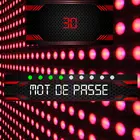
indices et mot de passe
-
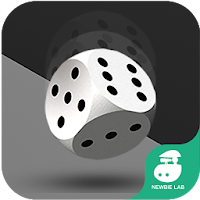
Dices: Bluffing game, Party dice games
-
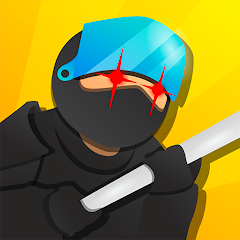
Riot Buster
-

TFT: Teamfight Tactics
-

Growing-Baby Photo & Video Sharing, Family Album
-

e.l.f. Cosmetics and Skincare
-

EA Sports FC Mobile 25 (FIFA Fútbol)
-
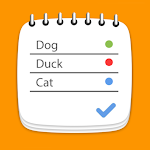
My Dictionary – polyglot
-
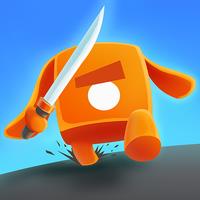
Goons.io Knight Warriors
-
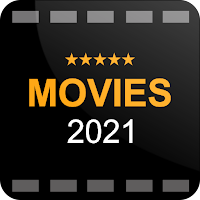
Free Movies 2021 - HD Movies Online Cinema 2021
-
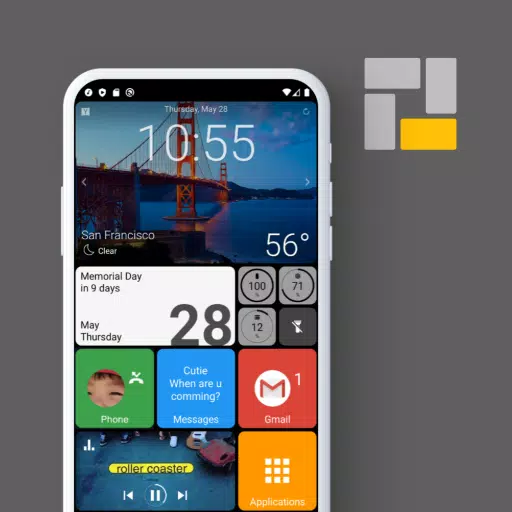
Square Home
-

Here Comes Impregno Man! Next Target is an American Wife
-
1
![Roblox Forsaken Characters Tier List [UPDATED] (2025)](https://imgs.ksjha.com/uploads/18/17380116246797f3e8a8a39.jpg)
Roblox Forsaken Characters Tier List [UPDATED] (2025)
Mar 17,2025
-
2
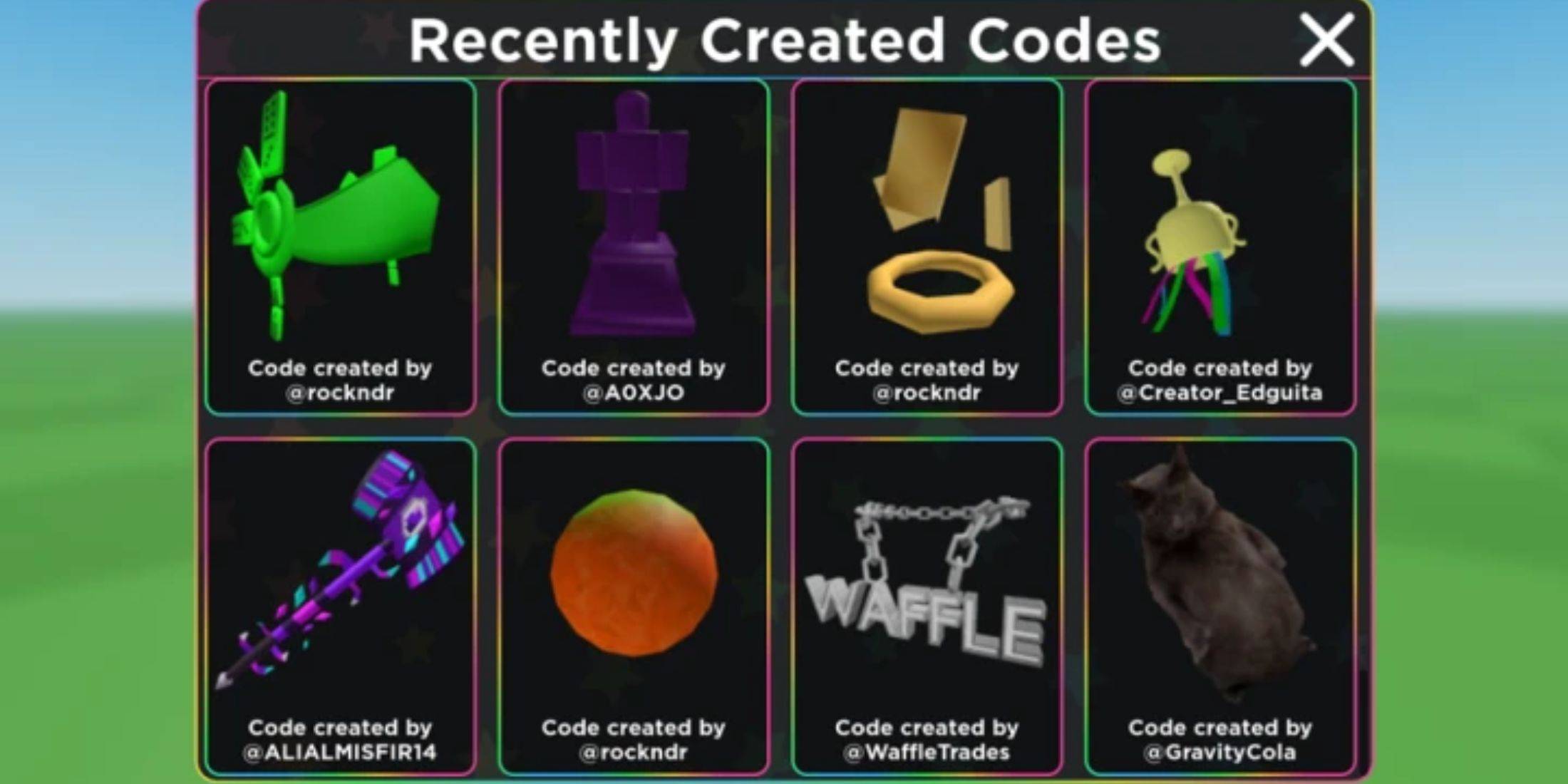
Roblox UGC Limited Codes Unveiled for January 2025
Jan 06,2025
-
3
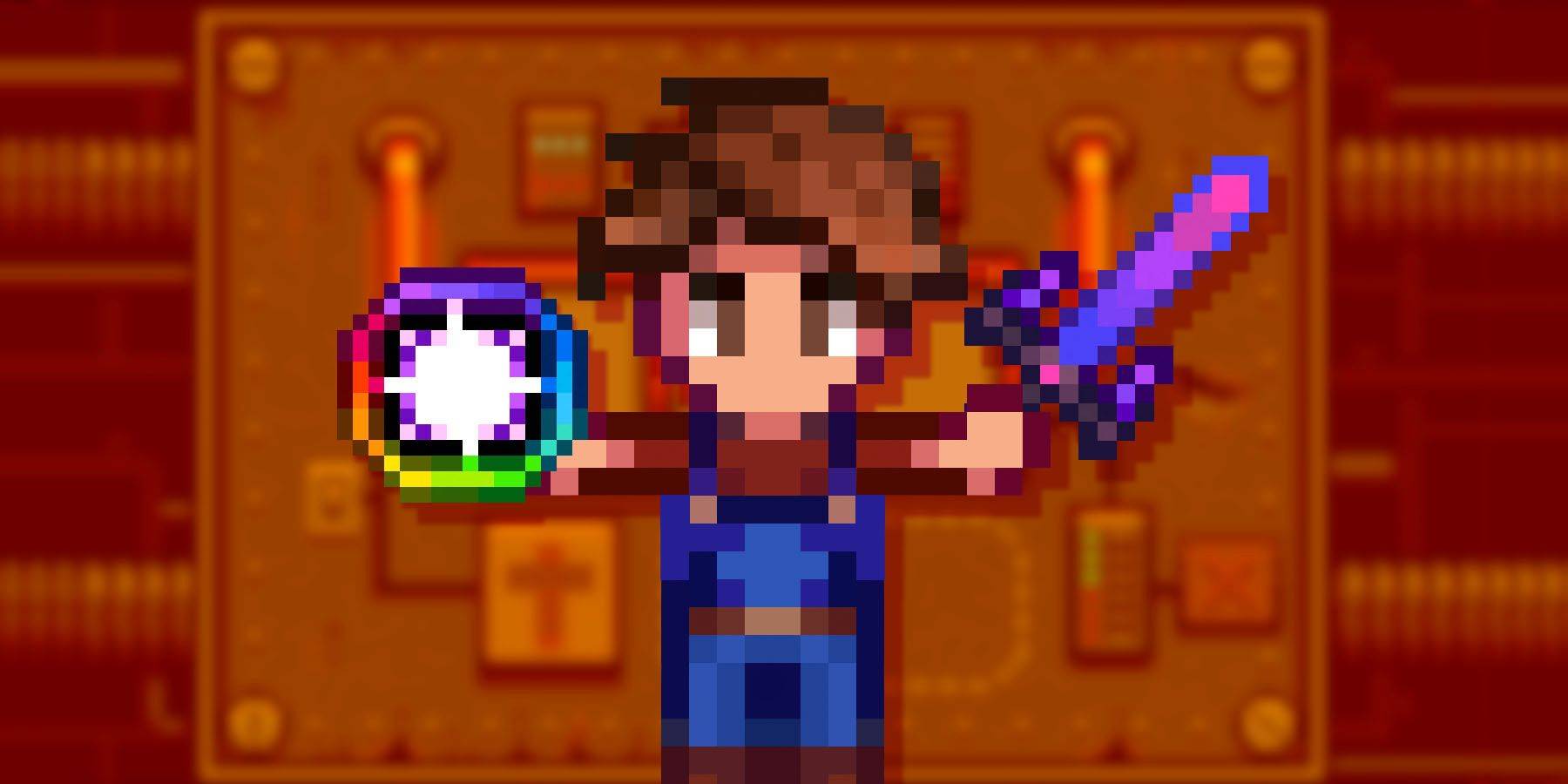
Stardew Valley: A Complete Guide To Enchantments & Weapon Forging
Jan 07,2025
-
4
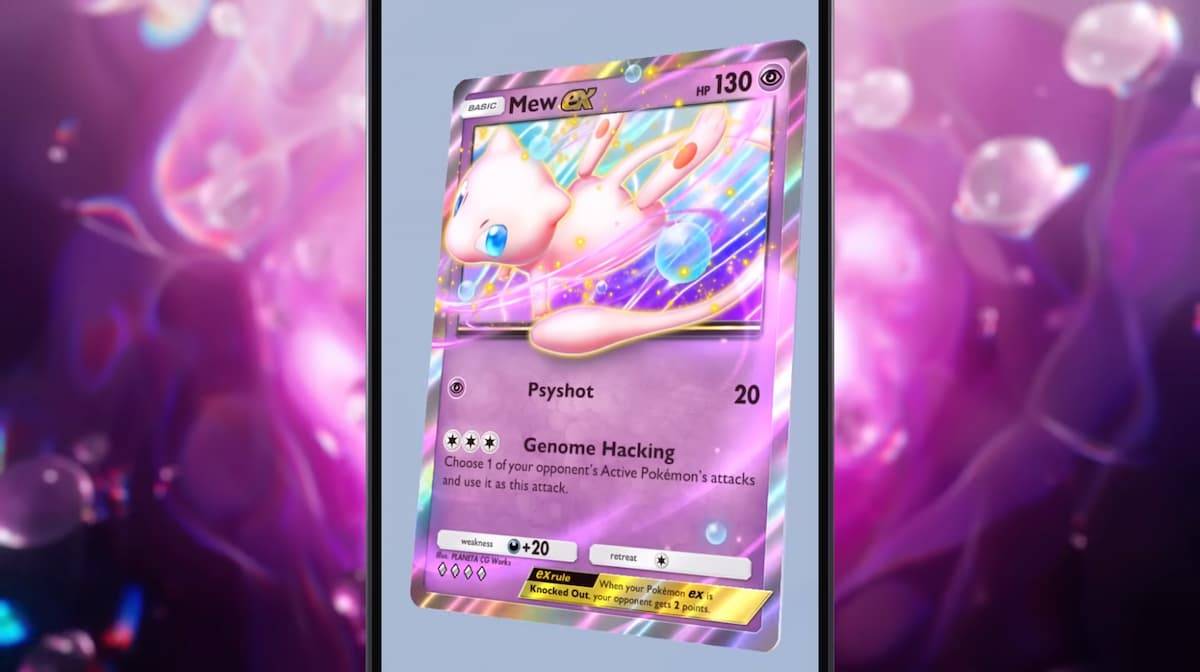
Pokémon TCG Pocket: Troubleshooting Error 102 Resolved
Jan 08,2025
-
5
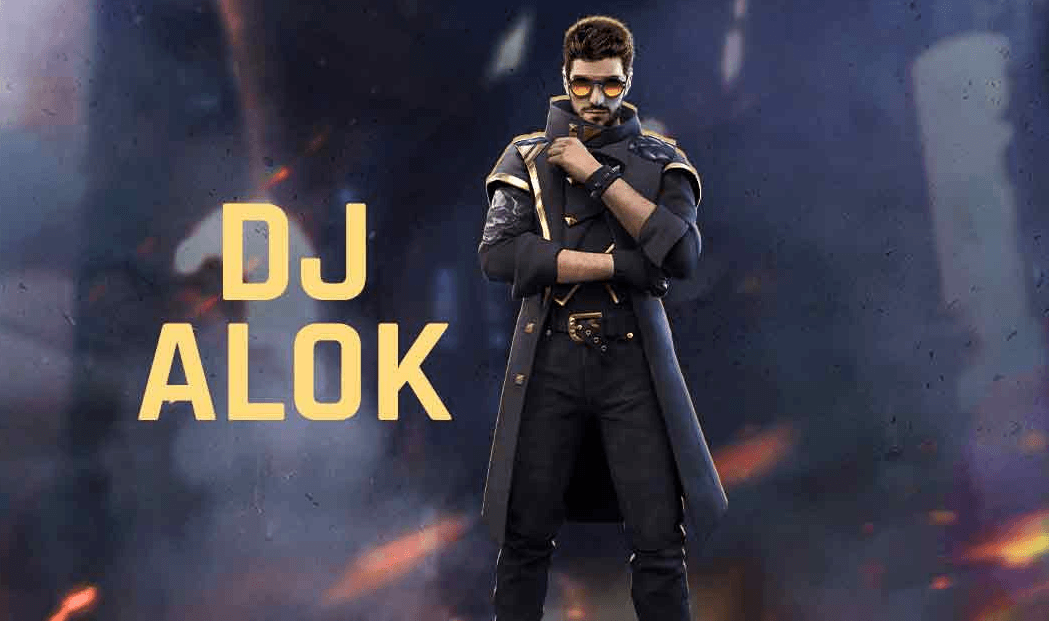
Free Fire Characters 2025: Ultimate Guide
Feb 20,2025
-
6
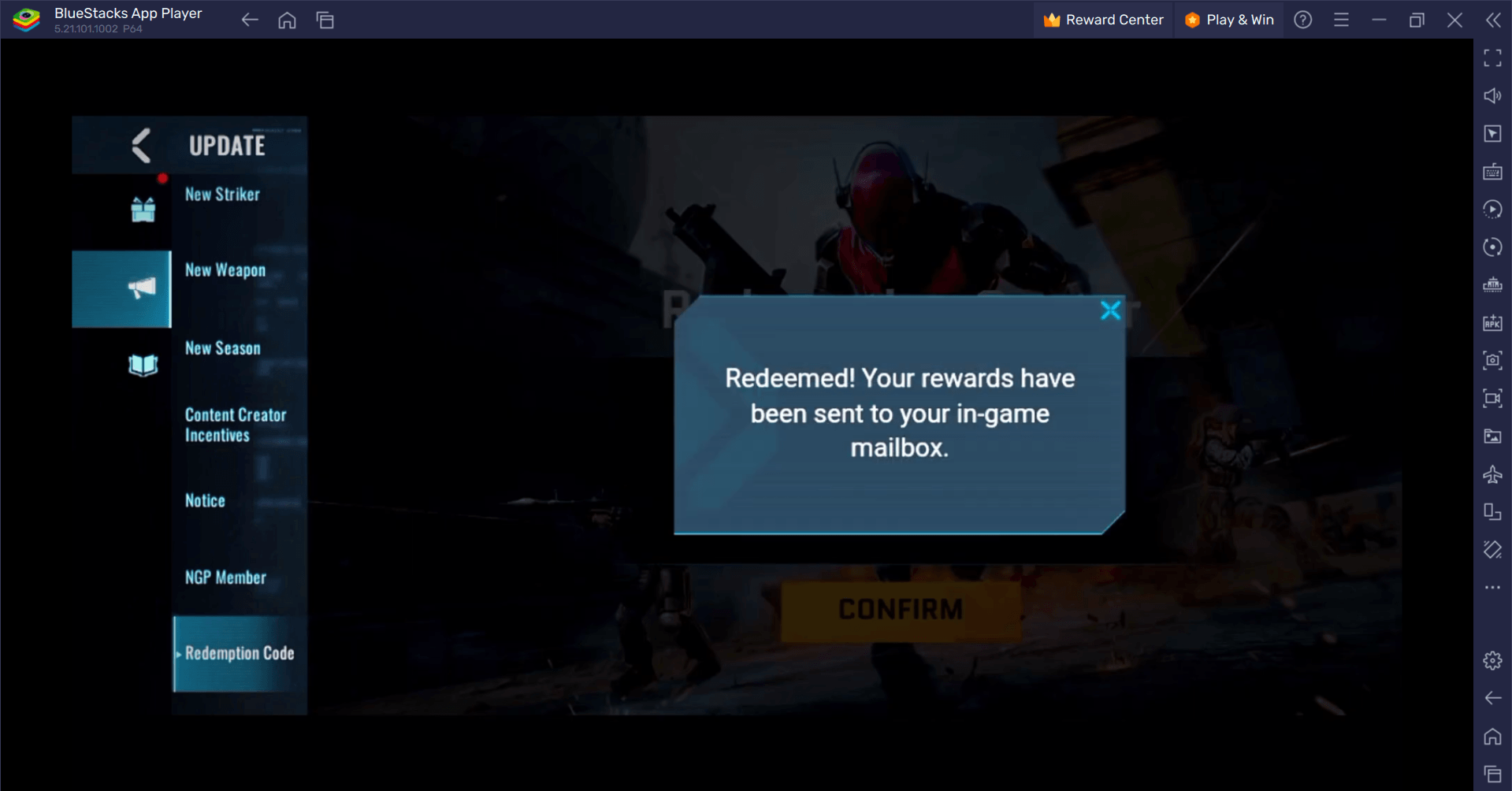
Blood Strike - All Working Redeem Codes January 2025
Jan 08,2025
-
7

Blue Archive Unveils Cyber New Year March Event
Dec 19,2024
-
8
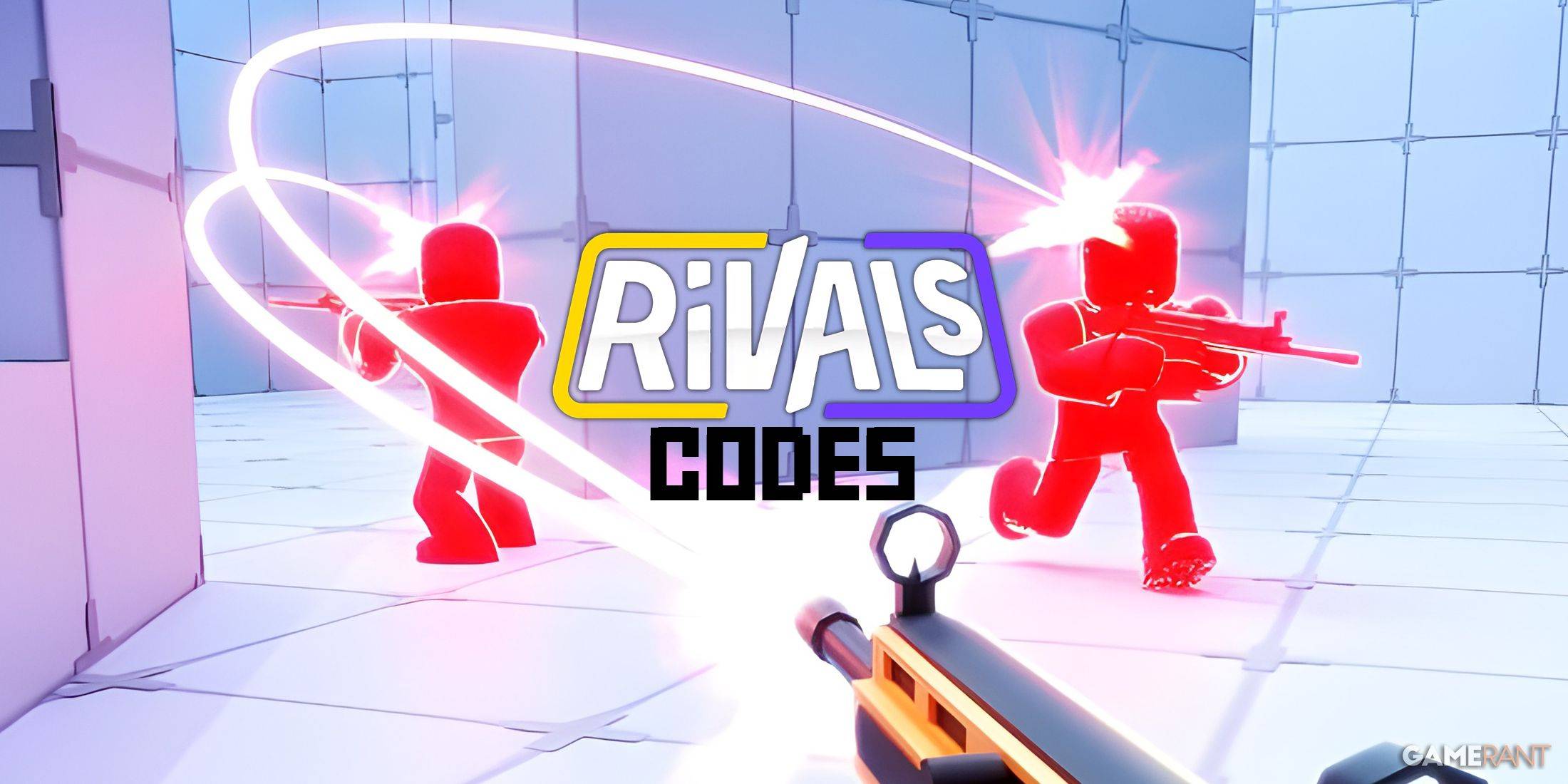
Roblox: RIVALS Codes (January 2025)
Jan 07,2025
-
9
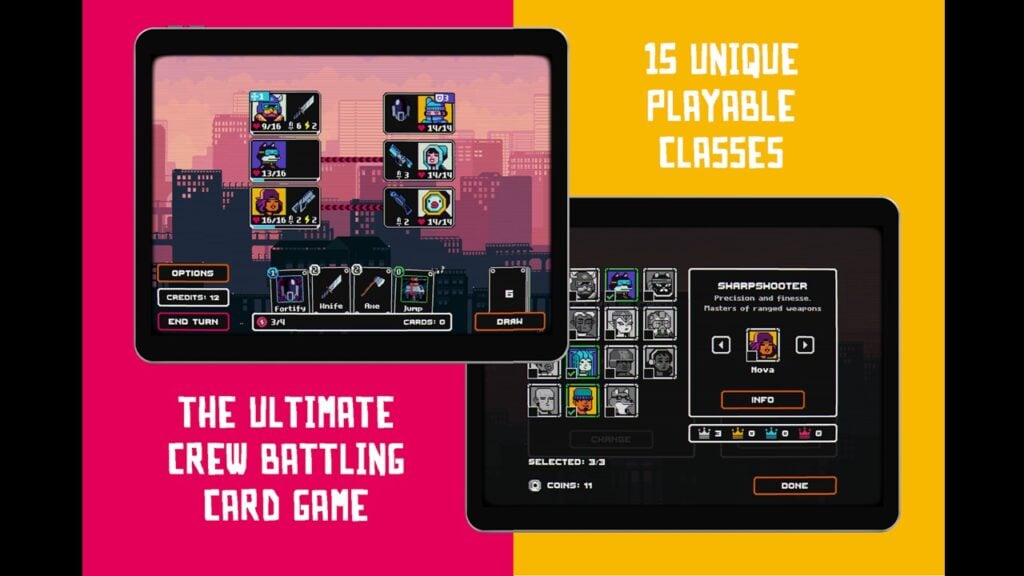
Cyber Quest: Engage in Captivating Card Battles on Android
Dec 19,2024
-
10

Delta Force: A Complete Guide to All Campaign Missions
Apr 09,2025
-
Download

A Simple Life with My Unobtrusive Sister
Casual / 392.30M
Update: Mar 27,2025
-
Download

Random fap scene
Casual / 20.10M
Update: Dec 26,2024
-
Download
![Corrupting the Universe [v3.0]](https://imgs.ksjha.com/uploads/66/1719514653667db61d741e9.jpg)
Corrupting the Universe [v3.0]
Casual / 486.00M
Update: Dec 17,2024
-
4
Ben 10 A day with Gwen
-
5
Oniga Town of the Dead
-
6
A Wife And Mother
-
7
Cute Reapers in my Room Android
-
8
Permit Deny
-
9
Utouto Suyasuya
-
10
Roblox

